Moto G8 review: a decent smartphone on a tight budget
The Moto G8 won’t wow you with specs, but it will get the job done
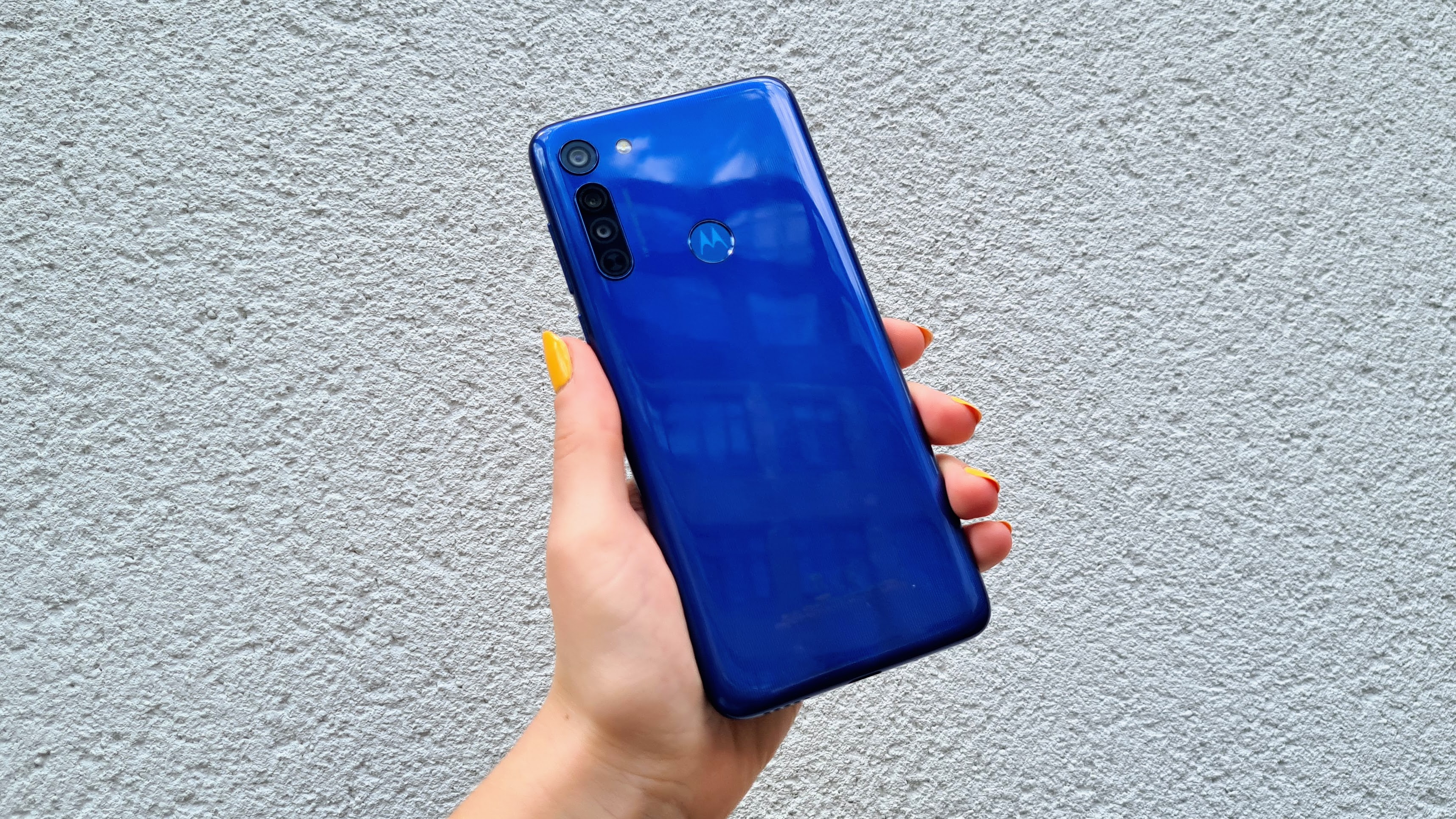
The Moto G8 is a solid smartphone suited to those on a tight budget. Its best asset is its long-lasting battery, and the camera was surprisingly good, although you can’t expect to take award-winning photography on it.
-
+
Reliable fingerprint sensor
-
+
Decent camera in daylight
-
+
Battery will last the whole day
-
-
There’s no 5G support
-
-
You can’t stream FHD video
-
-
No NFC for contactless payments
Why you can trust T3

In this Moto G8 review, I’ll cover everything you need to know about the phone from its price and features to the design, display, camera and performance.
For anyone on the hunt for one of the best cheap phones, Motorola is a good starting point. The popular smartphone manufacturer has a huge library of Android phones that won’t cost you the earth yet pack in plenty of features. The Moto G8 is one of them, sitting at the bottom of their G8 series of affordable smartphones, it offers fantastic value paired with decent performance and a large battery. It can’t be considered one of the best Android phones, but for this price, it has plenty to offer.
Moto G8 review: price and what's new
Unveiled back in March 2020, the Moto G8 is available now from a number of retailers for competitive prices. Take a look at the widgets on this page for more up to date information. At the time of writing, you could pick one up for £184 in the UK and AU$283.77 in Australia. Unfortunately, the Moto G8 isn’t available in the US.
The Moto G series is a long-standing line of budget smartphones that aim to give you the most for your money. The Moto G8 improved on the G7 with an upgraded processor, a bigger screen and battery, as well as a more sophisticated camera system. It comes with a rear-mounted fingerprint sensor, 64GB of storage and a MicroSD card slot to expand it further. The next generation of the handset, the Moto G9, was launched in late 2020.
Moto G8 review: design and display
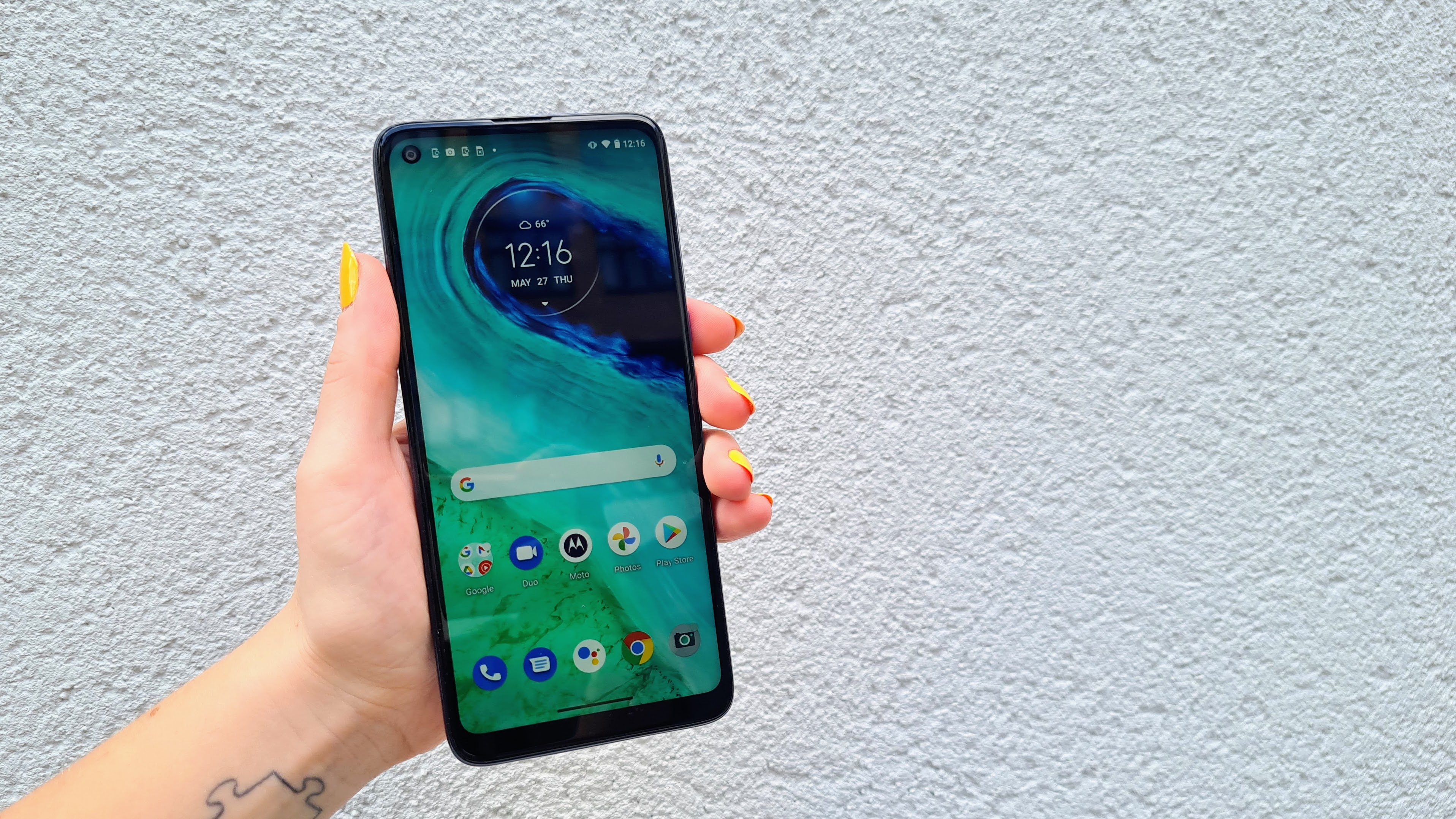
The Moto G8 is a big phone with a big screen. Measuring 161.27 x 75.8 x 8.95mm and weighing 183g, it feels thick to hold. Despite having a plastic casing, it's a sturdy handset that will withstand knocks and bumps. It also comes with a clear protective case included in the box. Those with small hands may find it a bit of a stretch to use though. With a screen-to-body ratio of 88%, the bezels look more prominent than on pricier handsets which gives the phone away as being a more budget option.
On the back, alongside the three camera lenses is a fingerprint sensor to unlock it. It was placed slightly too high up but other than that it was far more reliable than the in-display sensors used by other phones in this price range. On the frame, there’s the power button and volume controls, as well as a USB-C charging port on the bottom and a 3.5mm headphone jack on the top. The screen itself is only interrupted by the hole-punch style camera in the top left corner.
The 6.4inch Max Vision display has an aspect ratio of 19:9 so gives you immersive ultrawide viewing at HD+ (1560x720) resolution. The IPS panel does look like that of a cheap phone, it won’t be noticeable for everyday tasks like messaging or light web browsing, but it becomes quite obvious watching TV and movies especially because you won’t be able to stream shows in Full HD. I’m not saying it’s a bad screen, but you do get what you pay for when it comes to the display quality.
Moto G8 review: camera
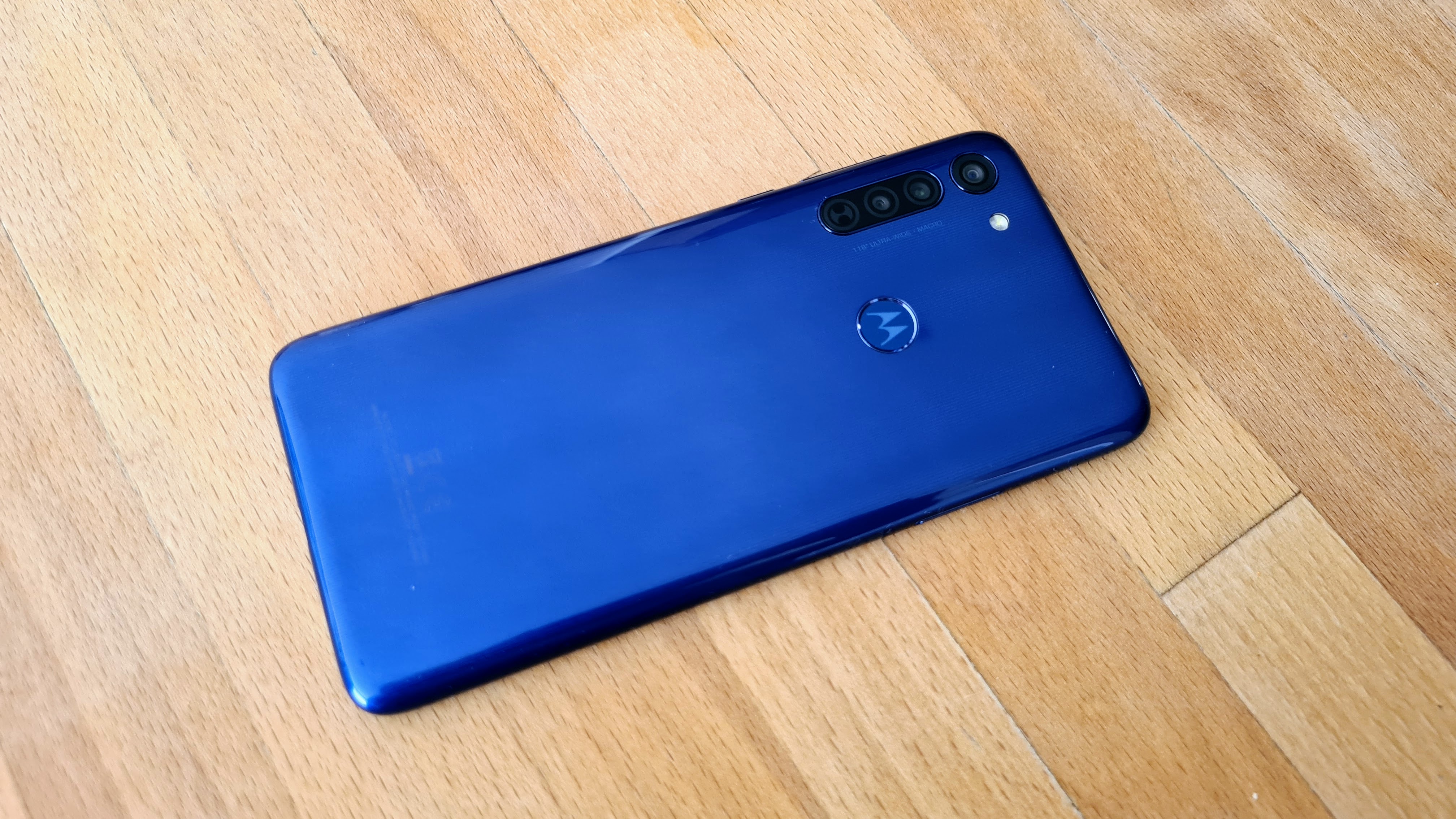
A three-lens camera system sits on the back of the handset. That includes a 16MP main lens, a 2MP macro lens and an 8MP ultrawide lens. On the front, is an 8MP selfie camera.
Considering the fact that this phone costs less than £200, I was more than impressed with its point-and-shoot photography in natural daylight. It doesn’t have anywhere near the level of detail that you’d get on a flagship or even mid-range phone, but shots came out looking bright and quite sharp, although colours were sometimes off-balance. Despite that, in the right lighting with the right focus point, they will be good enough to use on social media.
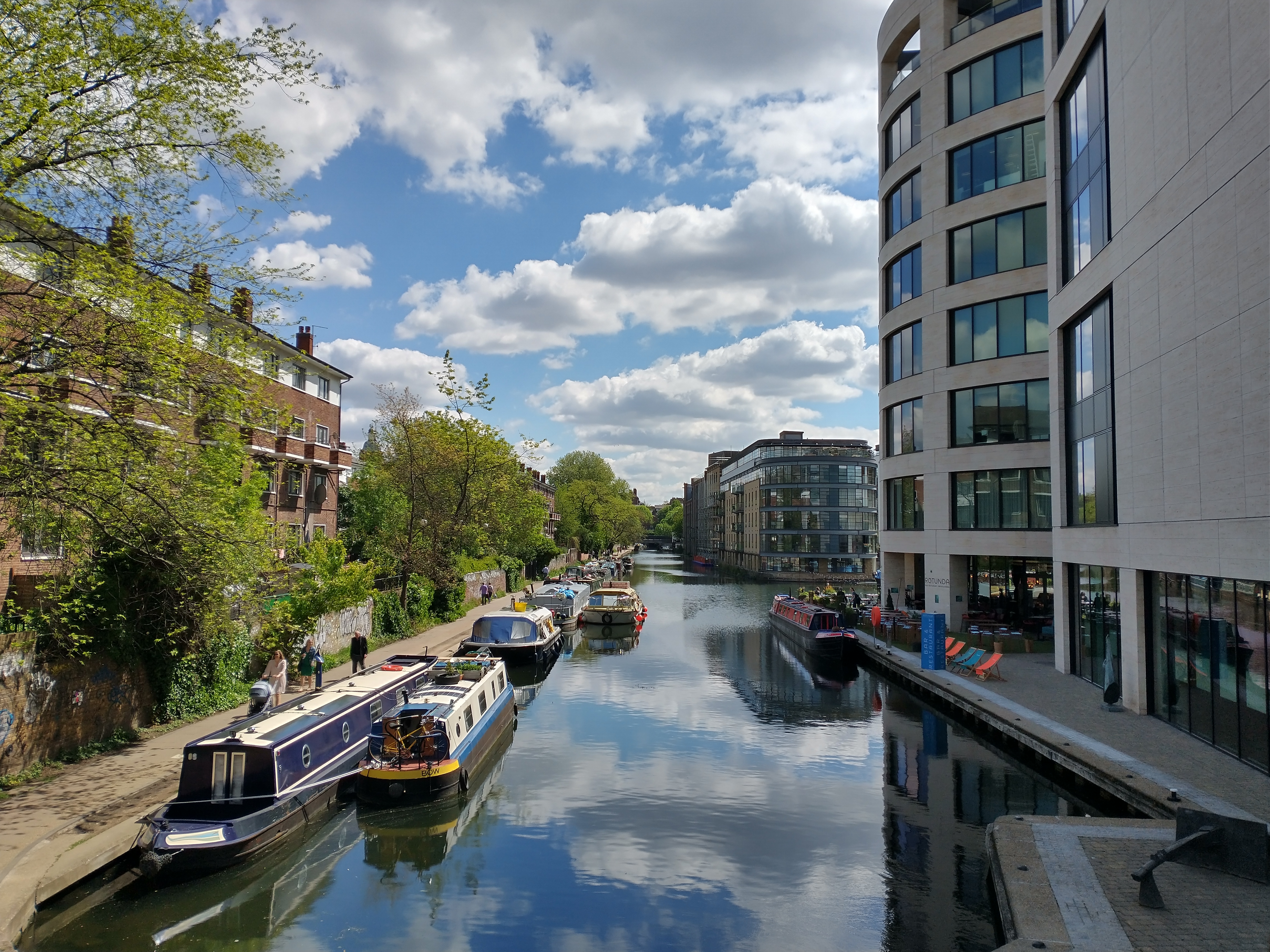
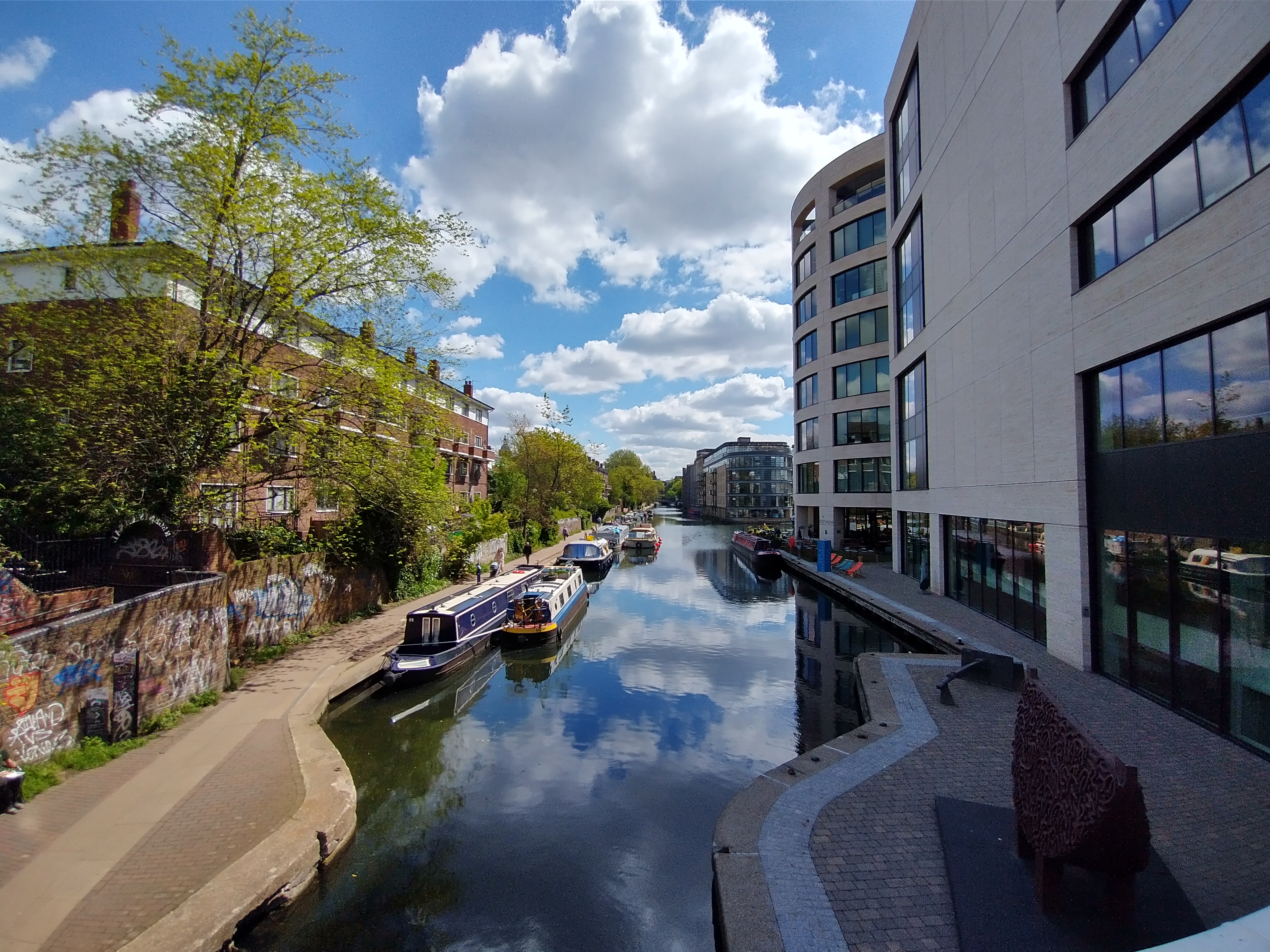
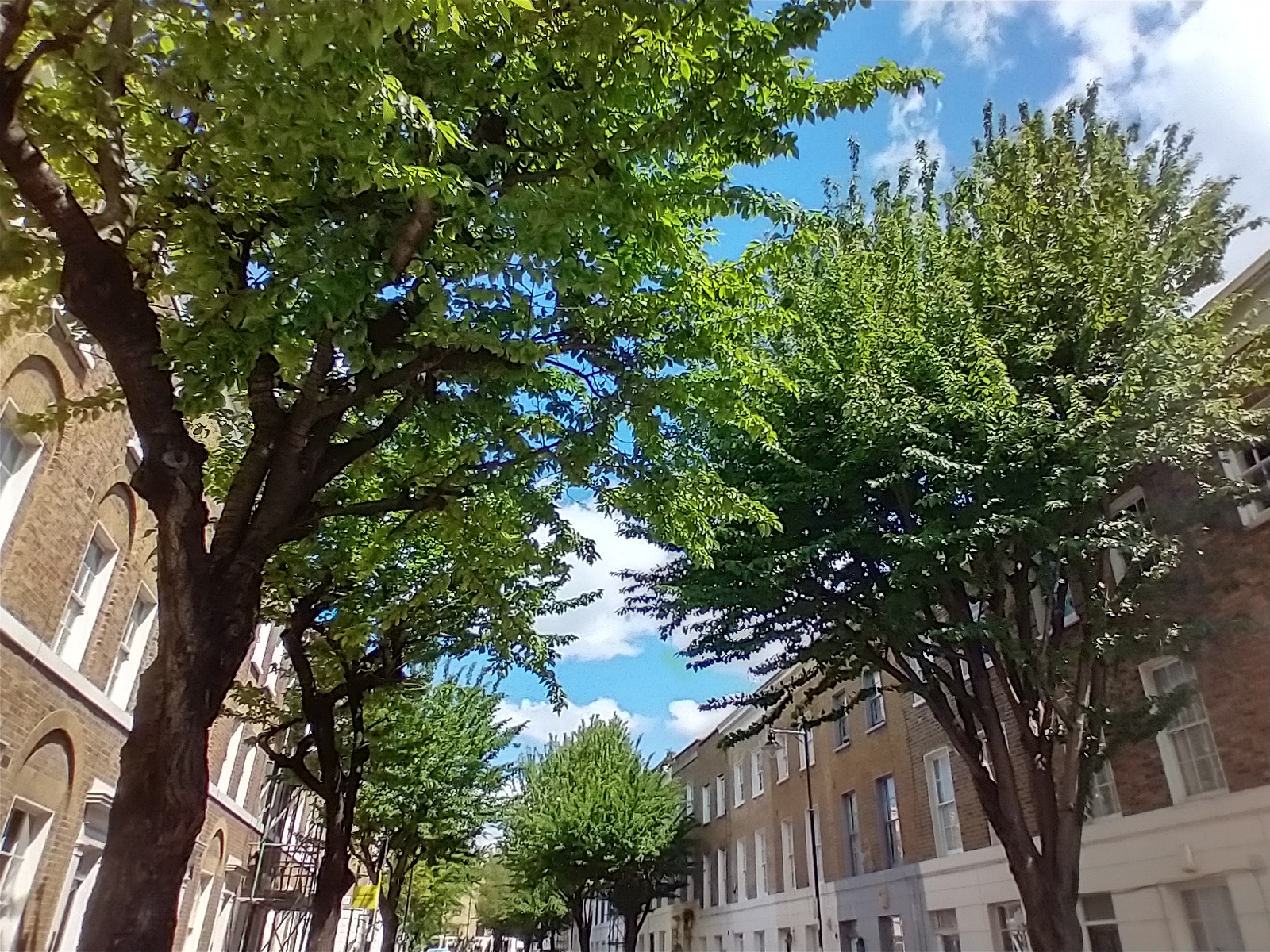
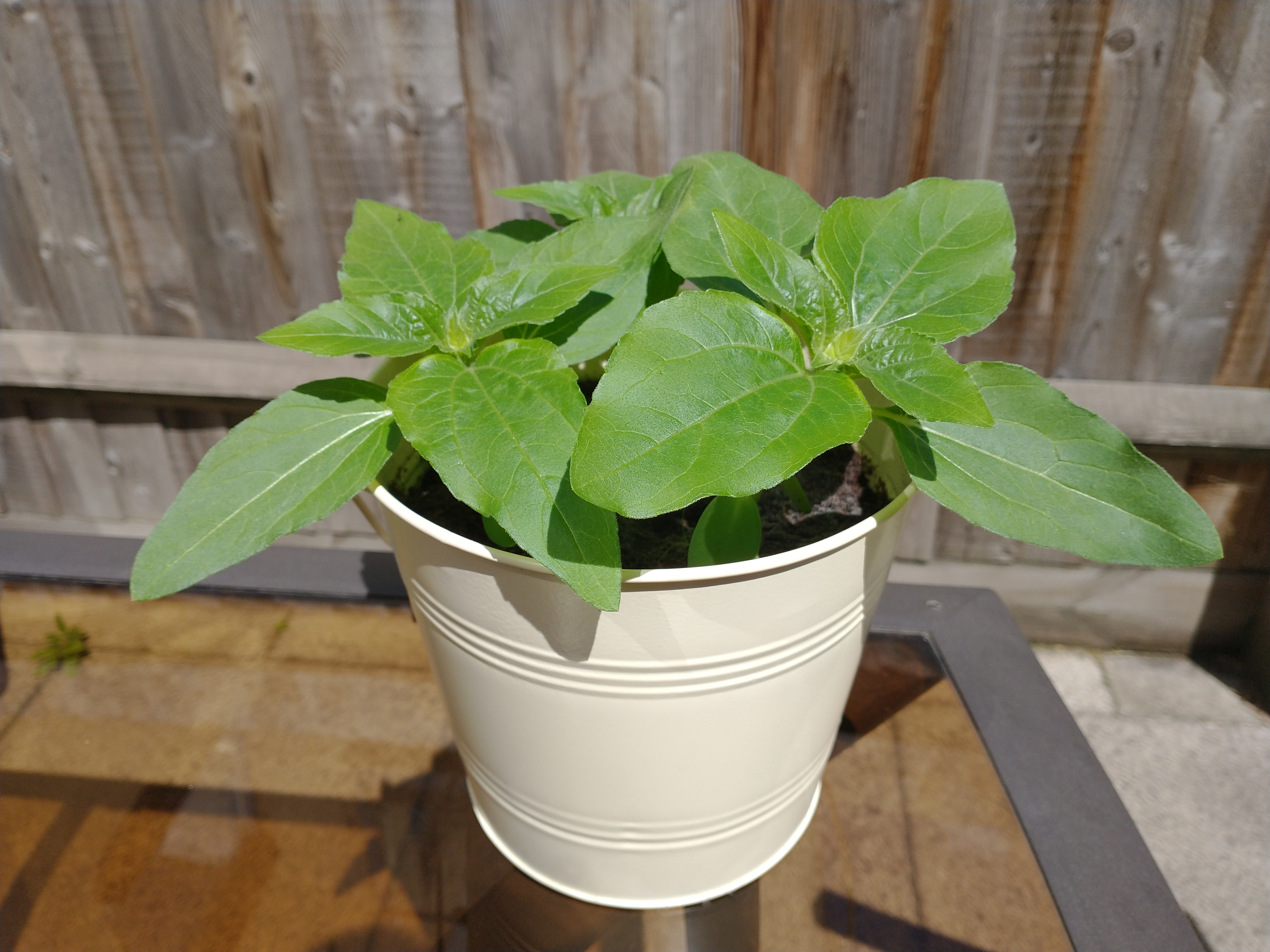


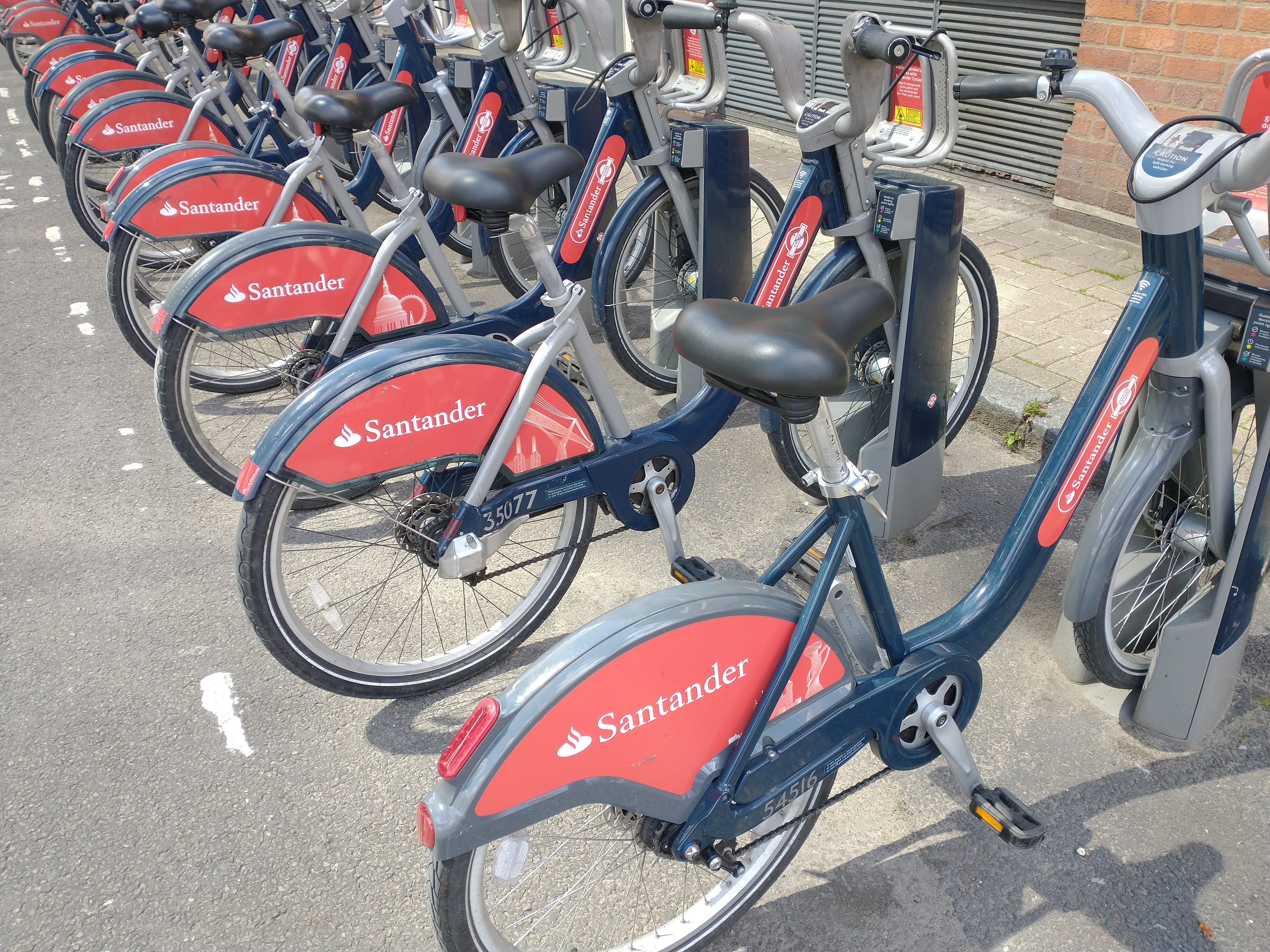
The 2MP macro lens, on the other hand, produced grainy shots that won’t be of much use. Similarly, the photos by the 8x digital zoom were blurry and won’t give you usable shots either. There’s also no dedicated night mode so the flash will have to do, although it does do a good job at lighting the scene and picking up detail at night.
Moto G8 review: performance and battery
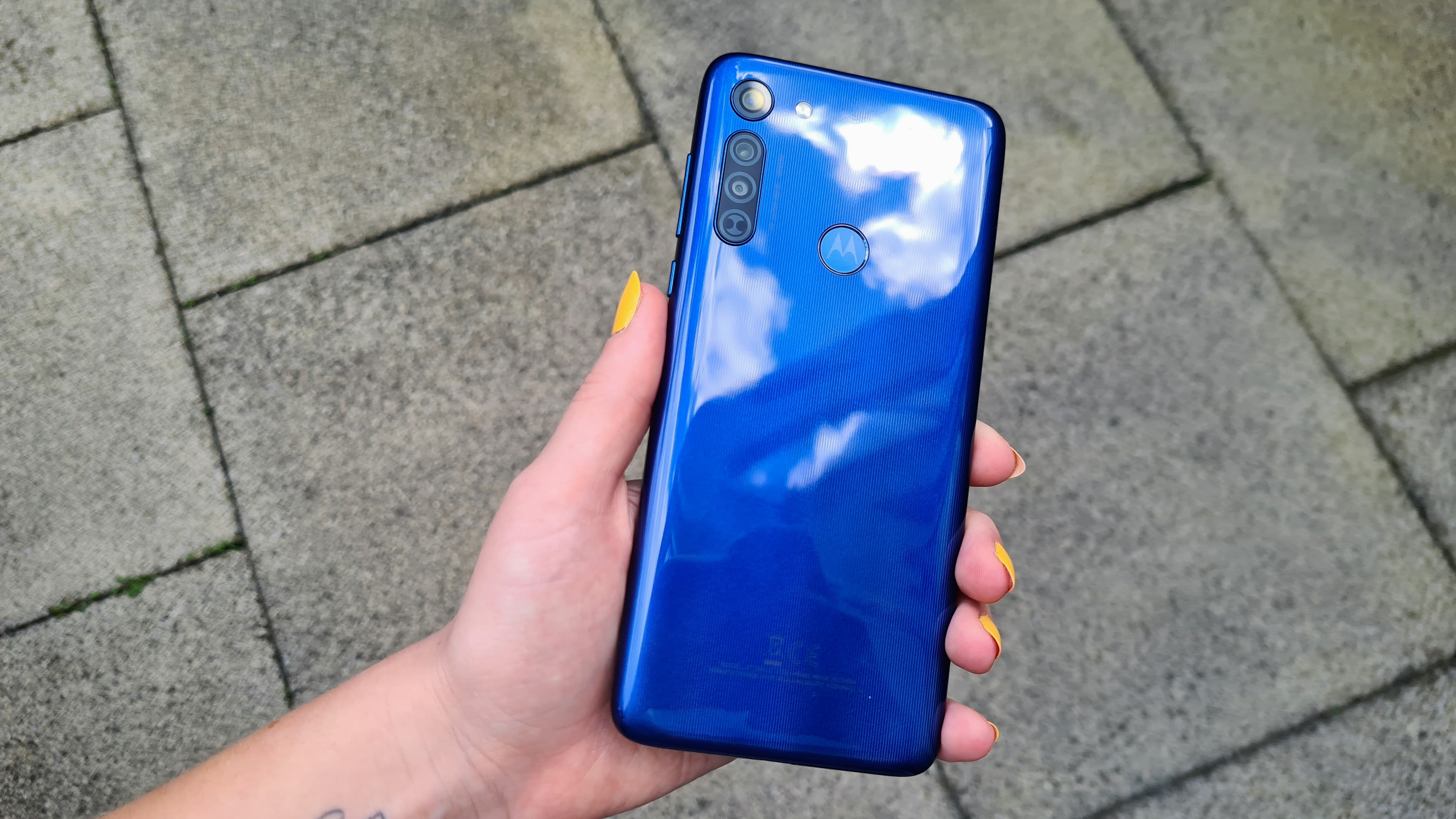
Powered using the mid-range Qualcomm Snapdragon 665 chip and 4GB of RAM, you’ll get a pretty solid performance from the Moto G8.
In Geekbench 5, it scored 310 in single-core and 1,306 in multi-core, similar to the slightly pricier Vivo Y70. It won’t blow you away with ultrafast speeds, particularly if you compare it to some of the best phones you can buy. But having said that, it does a decent job at coping with most day-to-day tasks and can even handle a bit of light mobile gaming. The Moto G8 does only have 64GB of in-built storage though, so you won’t want to fill it up with large games anyway.
As you may have guessed at this price, you won’t get super-fast internet either because the Moto G8 isn’t 5G capable and doesn’t use the latest Wi-Fi 6 technology, opting for Wi-Fi 5 instead. There’s also no NFC so you won’t be able to use the handset to make contactless payments through Google Pay.
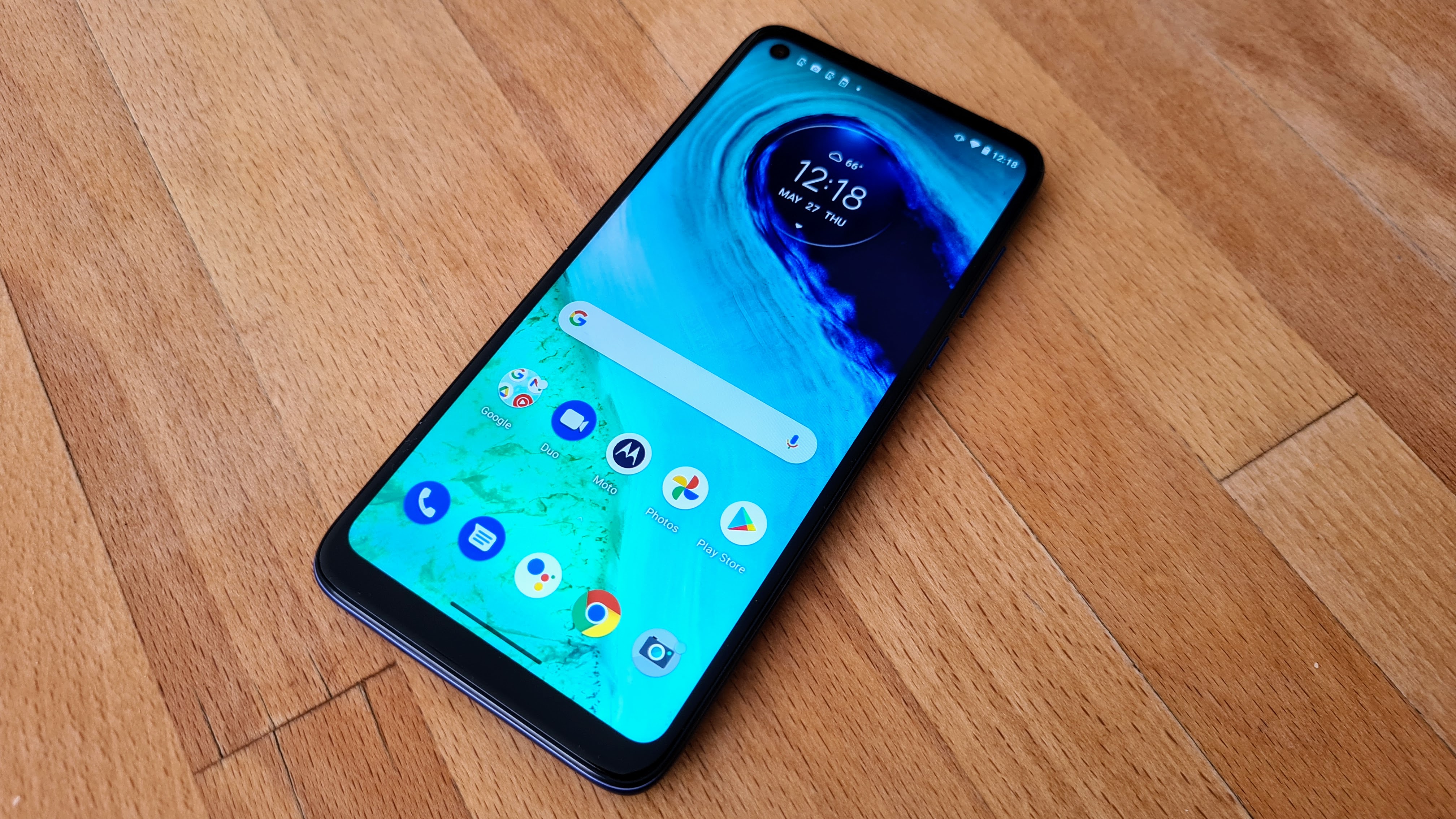
The 4,000mAh battery is the area where you’ll get the most bang for your buck, it’ll easily last you the whole day out and about. I played a video on full brightness over two hours and the battery level dropped by about 20% which suggests I would have had 10 hours of playback overall. That’s not bad at all for a cheap phone. In the box, you get a 10W rapid charger, it took about two hours to fully recharge which is okay. There’s no wireless charging here.
Running on Android 10, the Moto G8 has a light Motorola skin which adds a few useful functionalities through Moto Experiences. That gives you voice control through the Google Assistant, and Moto Gestures like the three-finger screenshot, pick up to silence and swipe to shrink the screen. It also comes loaded with essential apps like Gmail and Google Photos. Although not quite as satisfying as Samsung’s pure Android experience, this operating system is, without doubt, one of the better versions of Android. It feels sharp, clean and intuitive.
Moto G8 review: verdict
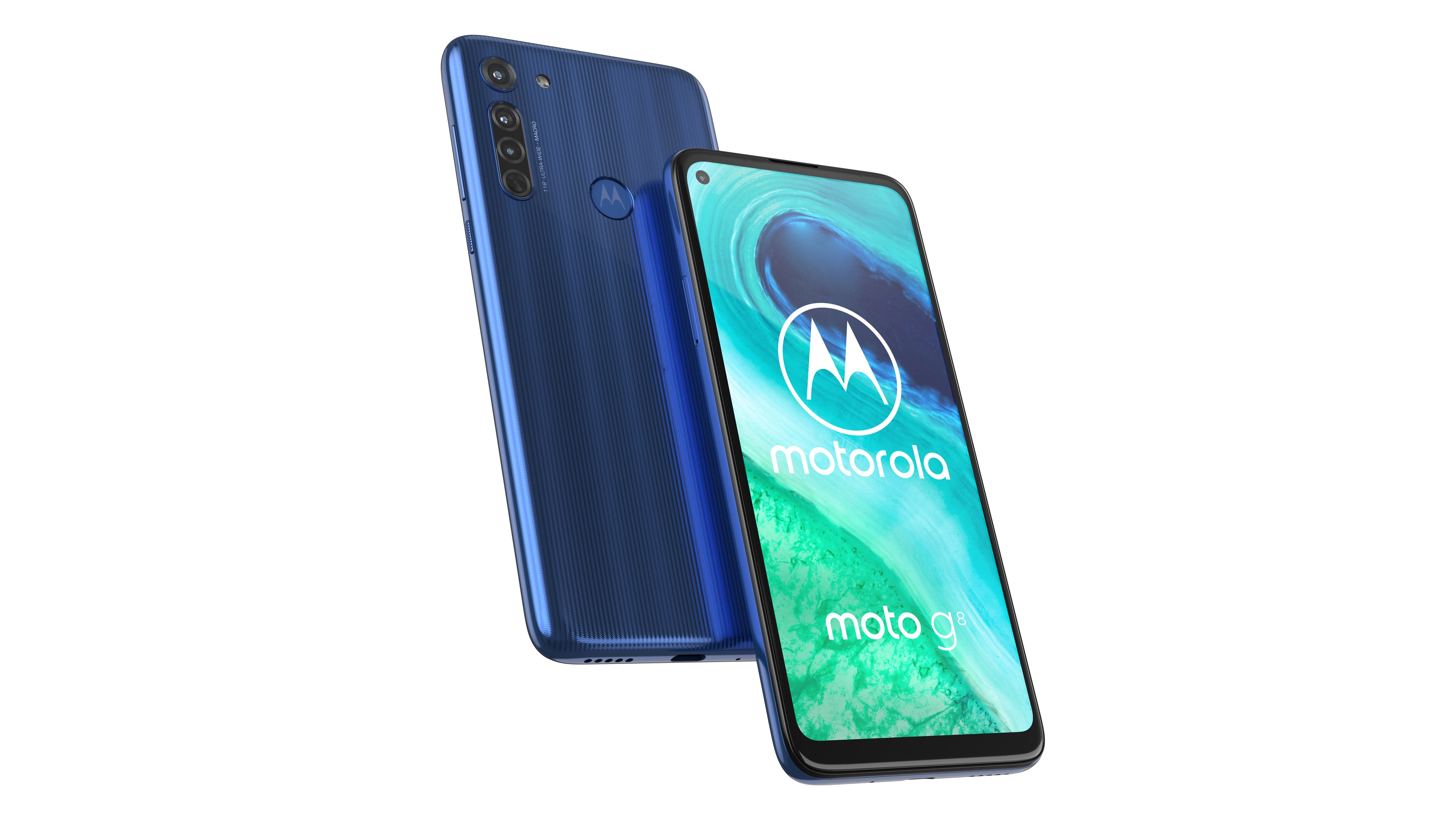
If you are spending less than £200 on a phone, you can’t expect lightning-fast performance, flawless photography or a dazzling display - but considering its price tag, the Moto G8 is a solid smartphone that will get the job done when it comes to everyday tasks like phone calls, messaging and social media. The best part about it is that it will last you through the whole day without needing a charge, and having a decent camera is an added bonus. As far as cheap phones go, this one is definitely worth considering.
Moto G8 review: also consider
If you are considering the Moto G8, other cheap phones you might want to look at are the Xiaomi Mi 10T Lite and the Google Pixel 4a.
The Xiaomi Mi 10T Lite has plenty going for it, including 5G support and good performance. However, if you are desperate for a decent camera and you're willing to spend just a little more, then the Google Pixel 4a is a top choice. It’s capable of taking fantastic shots, it has decent specs and it runs on pure Android. It’s easily one of the best cheap phones you can buy.
- If you're set on Samsung, then take a look at the best Samsung phones
Sign up to the T3 newsletter for smarter living straight to your inbox
Get all the latest news, reviews, deals and buying guides on gorgeous tech, home and active products from the T3 experts

Yasmine is the former Reviews Writer for T3, so she's been knee-deep in the latest tech products for reviewing and curating into the best buying guides since she started in 2019. She keeps a finger on the pulse when it comes to the most exciting and innovative tech – and since departing has also held a role as Digital Spy's Tech Editor. In her free time, you'll catch her travelling the globe – the perks of being a freelance tech expert – tending to her plants when at home and, but of course, planning her next big trip.
-
 Warning: Ciele’s refreshed Elite Collection may cause excessive garment envy on race day
Warning: Ciele’s refreshed Elite Collection may cause excessive garment envy on race dayFlex on your run crew with Ciele’s latest drop
By Matt Kollat Published
-
 Smeg adds a touch of navy sophistication to its iconic breakfast set
Smeg adds a touch of navy sophistication to its iconic breakfast setIt's a minimalist's dream
By Lizzie Wilmot Published
-
 My most anticipated Netflix movie of the year gets a wild new trailer
My most anticipated Netflix movie of the year gets a wild new trailerHavoc looks pretty unbelievable
By Max Freeman-Mills Published